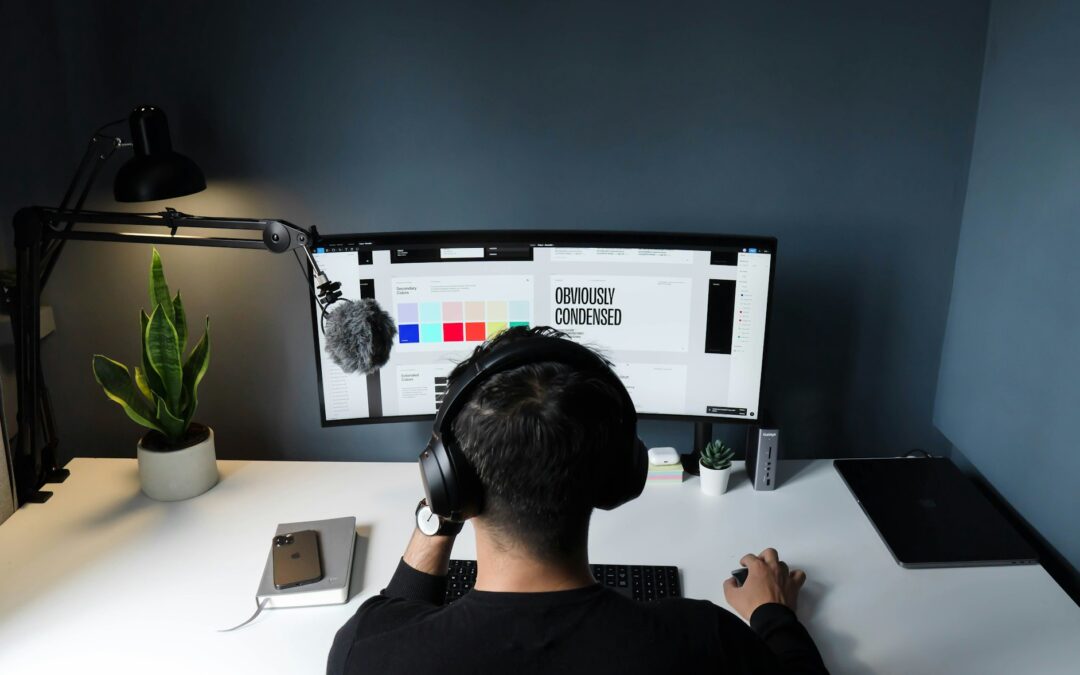There has long been a stereotype about artists being short on funds, although unfortunately, it has often been historically a true one. Most careers in art are reliant on one-off payments and commissions, meaning that a regular, stable income is something of a rarity. Despite being rare, there are a few artistic professions out there with a more nine-to-five feel, and we’ve picked out a few of them for you here.
UI Designer
Graphic design as a whole is a broad category and is probably the most well-known artistic profession, but we want to focus on a narrower aspect of it. UI, or user interface, is basically what any app or site user sees on their screen, powered by all of the code they can’t see. Designing a UI is a challenge as it needs not only artistic intuition but also some understanding of both tech and psychology.
If you’re looking for regular employment, this is also a role in great demand with lots of digital industries. For example, the online casino industry is growing at an incredible speed and recruitment in all areas is constant. UI designers are used for everything from crafting slot games to designing sites for bitcoin casinos, with the latter being a whole new area that companies are expanding into.
Staff Photographer
For those who have taken the photography route into art, most of the work available is on a freelance basis, either covering events like weddings and graduations or selling photos to sites and publications. A staff photographer is instead a salaried position, usually with a media company or design agency.

It’s a highly sought-after role that is very hard to come by and can have a high barrier to entry. Unless companies are specifically looking to train young talent, staff photographers tend to be grizzled veterans of the industry who have built up a hefty portfolio of work from freelance roles. As a word of advice for anyone aiming for a staff role, remember that digital editing skills can be just as important as the photography skills themselves.
Illustrator
Probably the rarest role on our list these days, illustrators are also normally working on a freelance basis. Once in a while, though, you may see a salaried role appear, and don’t be surprised if it suddenly gets hundreds of applications. The most common places to find these roles are with publishing companies and design agencies, although many positions are not advertised with talented artists; instead, they are getting scouted.

Having a sizeable and varied portfolio is again a major requirement behind most applications, although word of mouth is also a big factor. It’s not uncommon for illustrators to gain popularity via social media circles, and many companies will want to bring your followers along with you for extra value. It certainly isn’t a requirement, but a social media presence does add a lot of weight to your chances.
Competition is naturally fierce for all of these positions, so don’t be disheartened by a couple of rejections. Put in the effort and build a body of work, and you’ll tip the odds in your favor!

